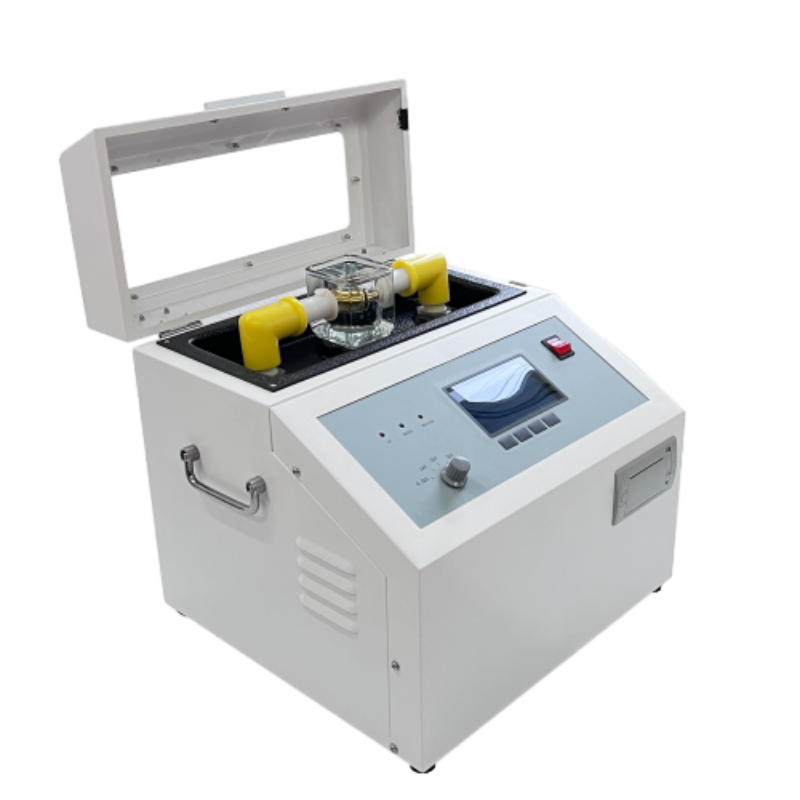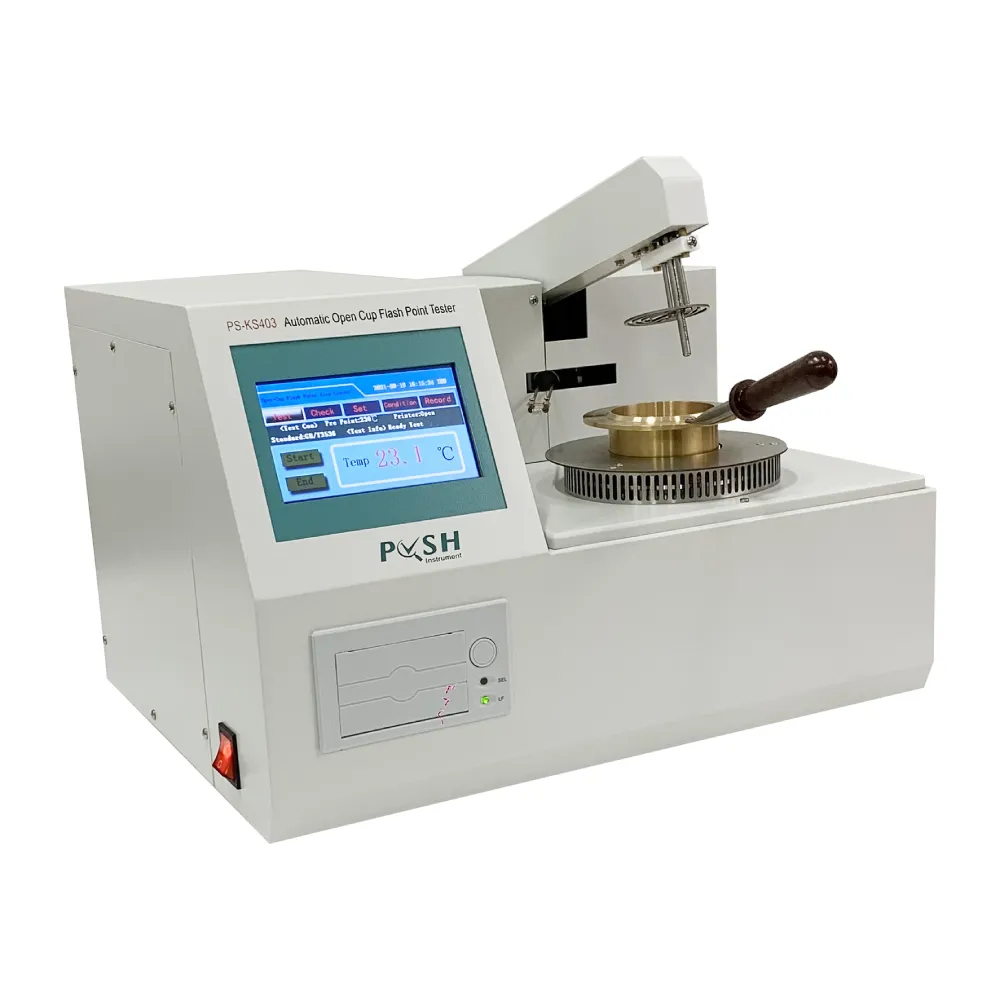TEL:
+86-0312-3189593
 English
English

Telephone:0312-3189593

Email:sales@oil-tester.com

-
 Afrikaans
Afrikaans -
 Albanian
Albanian -
 Amharic
Amharic -
 Arabic
Arabic -
 Armenian
Armenian -
 Azerbaijani
Azerbaijani -
 Basque
Basque -
 Belarusian
Belarusian -
 Bengali
Bengali -
 Bosnian
Bosnian -
 Bulgarian
Bulgarian -
 Catalan
Catalan -
 Cebuano
Cebuano -
 China
China -
 China (Taiwan)
China (Taiwan) -
 Corsican
Corsican -
 Croatian
Croatian -
 Czech
Czech -
 Danish
Danish -
 Dutch
Dutch -
 English
English -
 Esperanto
Esperanto -
 Estonian
Estonian -
 Finnish
Finnish -
 French
French -
 Frisian
Frisian -
 Galician
Galician -
 Georgian
Georgian -
 German
German -
 Greek
Greek -
 Gujarati
Gujarati -
 Haitian Creole
Haitian Creole -
 hausa
hausa -
 hawaiian
hawaiian -
 Hebrew
Hebrew -
 Hindi
Hindi -
 Miao
Miao -
 Hungarian
Hungarian -
 Icelandic
Icelandic -
 igbo
igbo -
 Indonesian
Indonesian -
 irish
irish -
 Italian
Italian -
 Japanese
Japanese -
 Javanese
Javanese -
 Kannada
Kannada -
 kazakh
kazakh -
 Khmer
Khmer -
 Rwandese
Rwandese -
 Korean
Korean -
 Kurdish
Kurdish -
 Kyrgyz
Kyrgyz -
 Lao
Lao -
 Latin
Latin -
 Latvian
Latvian -
 Lithuanian
Lithuanian -
 Luxembourgish
Luxembourgish -
 Macedonian
Macedonian -
 Malgashi
Malgashi -
 Malay
Malay -
 Malayalam
Malayalam -
 Maltese
Maltese -
 Maori
Maori -
 Marathi
Marathi -
 Mongolian
Mongolian -
 Myanmar
Myanmar -
 Nepali
Nepali -
 Norwegian
Norwegian -
 Norwegian
Norwegian -
 Occitan
Occitan -
 Pashto
Pashto -
 Persian
Persian -
 Polish
Polish -
 Portuguese
Portuguese -
 Punjabi
Punjabi -
 Romanian
Romanian -
 Russian
Russian -
 Samoan
Samoan -
 Scottish Gaelic
Scottish Gaelic -
 Serbian
Serbian -
 Sesotho
Sesotho -
 Shona
Shona -
 Sindhi
Sindhi -
 Sinhala
Sinhala -
 Slovak
Slovak -
 Slovenian
Slovenian -
 Somali
Somali -
 Spanish
Spanish -
 Sundanese
Sundanese -
 Swahili
Swahili -
 Swedish
Swedish -
 Tagalog
Tagalog -
 Tajik
Tajik -
 Tamil
Tamil -
 Tatar
Tatar -
 Telugu
Telugu -
 Thai
Thai -
 Turkish
Turkish -
 Turkmen
Turkmen -
 Ukrainian
Ukrainian -
 Urdu
Urdu -
 Uighur
Uighur -
 Uzbek
Uzbek -
 Vietnamese
Vietnamese -
 Welsh
Welsh -
 Bantu
Bantu -
 Yiddish
Yiddish -
 Yoruba
Yoruba -
 Zulu
Zulu
Jan . 31, 2025 00:47
Back to list
3 phase transformer testing
Three-phase transformer testing plays an integral role in ensuring the reliability and efficiency of electrical distribution systems. As the backbone of many power grids and industrial applications, three-phase transformers require rigorous testing to maintain their performance and longevity. This article delves into the essential aspects of three-phase transformer testing, focusing on experience-backed insights, professional expertise, authoritative guidelines, and trustworthy practices.
Frequency response analysis (FRA) is another sophisticated test employed by seasoned practitioners. FRA offers insights into the mechanical integrity of transformer windings by examining their response to different frequencies. Discrepancies in frequency response can point to issues such as winding displacement or core problems, which demand immediate attention. For transformers that are in continuous operation, dissolved gas analysis (DGA) offers a non-intrusive diagnostic technique. By analyzing the gases dissolved in transformer oil, professionals can identify potential issues like arcing or overheating before they escalate. This data-driven approach elevates the transformer's monitoring process by providing actionable insights into its operational status. Acoustic partial discharge testing is a specialized method used to detect high-frequency sounds emitted by partial discharges within the transformer. This innovative approach, enhanced by the latest acoustic detection technology, acts as a preventive measure against potential failures caused by insulation breakdowns. Field experience underscores the significance of temperature monitoring as part of a comprehensive testing routine. Ensuring optimal operating temperatures through advanced monitoring systems helps prevent thermal stress, a common precursor to transformer failure. To achieve an authoritative three-phase transformer testing process, it is essential to comply with international standards such as IEEE C57 and IEC 60076. These standards provide guidelines for conducting tests safely and effectively, ensuring that outcomes are not only reliable but also globally recognized. Trustworthiness in testing practices is established through certification and regular training of personnel. By adhering to strict operational protocols and fostering a culture of continuous learning, companies can ensure that their transformer testing processes remain at the forefront of industry advancements. In conclusion, the meticulous testing of three-phase transformers is a multi-faceted process that demands a blend of experienced judgment, technical expertise, and adherence to established standards. Through methodical testing and maintenance, businesses can optimize the performance and extend the life of their transformers, thereby securing the integrity and efficiency of their electrical systems.


Frequency response analysis (FRA) is another sophisticated test employed by seasoned practitioners. FRA offers insights into the mechanical integrity of transformer windings by examining their response to different frequencies. Discrepancies in frequency response can point to issues such as winding displacement or core problems, which demand immediate attention. For transformers that are in continuous operation, dissolved gas analysis (DGA) offers a non-intrusive diagnostic technique. By analyzing the gases dissolved in transformer oil, professionals can identify potential issues like arcing or overheating before they escalate. This data-driven approach elevates the transformer's monitoring process by providing actionable insights into its operational status. Acoustic partial discharge testing is a specialized method used to detect high-frequency sounds emitted by partial discharges within the transformer. This innovative approach, enhanced by the latest acoustic detection technology, acts as a preventive measure against potential failures caused by insulation breakdowns. Field experience underscores the significance of temperature monitoring as part of a comprehensive testing routine. Ensuring optimal operating temperatures through advanced monitoring systems helps prevent thermal stress, a common precursor to transformer failure. To achieve an authoritative three-phase transformer testing process, it is essential to comply with international standards such as IEEE C57 and IEC 60076. These standards provide guidelines for conducting tests safely and effectively, ensuring that outcomes are not only reliable but also globally recognized. Trustworthiness in testing practices is established through certification and regular training of personnel. By adhering to strict operational protocols and fostering a culture of continuous learning, companies can ensure that their transformer testing processes remain at the forefront of industry advancements. In conclusion, the meticulous testing of three-phase transformers is a multi-faceted process that demands a blend of experienced judgment, technical expertise, and adherence to established standards. Through methodical testing and maintenance, businesses can optimize the performance and extend the life of their transformers, thereby securing the integrity and efficiency of their electrical systems.
Previous:
Latest news
-
Testing Equipment Industry Sees Major Advancements in 2025: Smart & Precision Technologies Lead the WayNewsJun.06,2025
-
Applications of Direct Current Generators in Renewable Energy SystemsNewsJun.05,2025
-
Hipot Tester Calibration and Accuracy GuidelinesNewsJun.05,2025
-
Digital Circuit Breaker Analyzer Features and BenefitsNewsJun.05,2025
-
Benefits of Real-Time Power Quality Monitoring Devices for Industrial EfficiencyNewsJun.05,2025
-
Earth Fault Loop Testing in High-Rise Building Electrical SystemsNewsJun.05,2025



